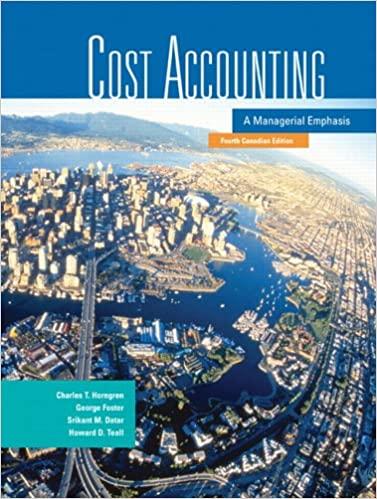Ranking projects. (Adapted from NAA Research Report No. 35, pp. 83-85) Assume that six projects, A to
Question:
Ranking projects. (Adapted from NAA Research Report No. 35, pp. 83-85) Assume that six projects, A to F in the table that follows, have been submitted for inclusion in the coming year’s budget for capital expenditures:
Project Cash Flows Year A B C D E F Investment 0 $(120,000) $(120,000) $(240,000) $(240,000) $(240,000) $(60,000)
1 0 24,000 84,000 0 6,000 27,600 2 12,000 24,000 84,000 0 18,000 24,000 3 24,000 24,000 84,000 0 36,000 12,000 4 24,000 24,000 84,000 0 60,000 12,000 5 24,000 24,000 84,000 0 60,000 Per year 6-9 24,000 24,000 240,000 60,000 10 24,000 24,000 60,000.
Per year 11-15; 24,000 Internal rate ofreturn 14% ? ? p 12.6% 12.0%
Required 1. Compute the internal rates ofreturn (to the nearest half-percent) for projects B, C, and D.
Rank all projects in descending order in terms of the internal rate of return. Show your computations.
2. On the basis of your answer in requirement 1, state which projects you would select, assuming a 10% required rate of return
(a) if $600,000 is the limit to be spent,
(b) if
$660,000 is the limit, and
(c) if $780,000 is the limit.
3. Assuming a 16% required rate ofreturn and using the net present value method, compute the net present values and rank all the projects. Which project is more desirable, C or D?
Compare your answer with your ranking in requirement 1.
4. What factors other than those considered in requirements 1 to 3 would influence your project rankings? Be specific.
Step by Step Answer:

Cost Accounting A Managerial Emphasis
ISBN: 9780131971905
4th Canadian Edition
Authors: Charles T. Horngren, George Foster, Srikant M. Datar, Howard D. Teall





